220254
UNIT 21
LEARNING AIM A
Film Editing
TYPES
Shot:
A shot is a single, constant take- it is a series of frames that runs for a period of time(uninterrupted- no cuts or editing). It is a series of frames.
Editing:
The process (performed by the editor) of assembling, structuring cutting/trimming, synchronising and refining clips/ footage into a sequence.
Sequence:
A sequence is a series of scenes that are edited together to form a part of a narrative/ comprise a single event
Role of an editor:
The role of an editor is to assemble clips/ raw footage. They also sequence and arrange this footage by working with the director, producer, sound designers, and VFX supervisors. Most of an editor's work is completed during post-production.
Sources:
https://www.adobe.com/creativecloud/video/hub/ideas/what-is-continuity-editing-in-film
https://www.studiobinder.com/blog/what-is-continuity-editing-in-film/
Continuity:
Continuity is editing shots together in a way which gives the viewers a sense of consistency in the story.
Continuity establishes a clear and structured narrative.
Non-continuity:
Non-continuity editing is when shots are mismatched to disrupt the impression of time and space.
The narrative can change from one setting or time to a different one through cutting scenes.
Montage Editing:
This is a technique in which a series of short shots are combined to form a sequence.
Montages(in film) commonly use either quick cuts, music or no dialogue.
Montages can help heighten tension and advance a story effectively.
HISTORY IN FILM AND TV EDITING
SOURCE:
https://blog.scienceandmediamuseum.org.uk/louis-le-prince-created-the-first-ever-moving-pictures/
SOURCE:
https://www.imdb.com/name/nm0692105/bio?ref_=nm_ov_bio_sm
Edwin S. Porter - Wikipediahttps://en.wikipedia.org › wiki › Edwin_S._Porter
Louie Le Prince: (Born-1841)
Louie was a French inventor, who was the first person to create moving pictures through the creation of the 16 lens camera in 1886.
Kazimierz Prószyński: (Born-1875)
He invented the Pleograph in 1894 (its name derived from the phonograph) which was both a camera and a movie projector. Later he invented the Aeroscope, a handheld film camera.
Edwin S. Porter: (Born-1870)
Edwin directed two films in 1903- in which he helped develop the modern concept of continuity editing, which paved the way for D.W Griffith. He also invented dramatic editing and created dissolves, gradual transitions from one image to another.
Was a co-founder of the Famous Players Film Company (1912). At this studio Porter was one of the first American directors to regularly make feature-length films.
Lev Kuleshov : (Born-1899)
Lev Kuleshov was a Russian and Soviet filmmaker and film theorist who was also one of the founders of the world's first film school, the Moscow Film School in 1919.
He was know for using the editing technique known as the 'Kuleshov effect' which was developed between the 1910's-1920's.
This effect used the Pavlovian physiology to manipulate the impression made by an image, to spin the viewer's perception of that image.
Thomas Edison: (Born-1847)
Thomas Edison is one of the most famous inventors of all time. In 1889-1891, Edison worked with his associate W.L.L Dickson to create the Kinetograph
Lumiere Brothers:(Born 1862 & 1864)
The Lumiere Brothers were inventors of photographic equipment who devised both an early motion picture and cinematographe in 1895. The cinematographe photographed and projected film at a speed of 16 fps (which was less than Edison's device) which was more practical as it used less film and was less noisy. It was the first viable film camera. The invention was unveiled in December 1895.
D.W Griffith : (Born-1875)
He is considered one of the most influential figures in the history of motion pictures.
In the early 1900s he started to develop two-reel works and eventually four-reel film(played for 1hr).
He was also highly innovative in terms of filmmaking techniques. His film Birth of a Nation in 1915 greatly influenced modern moviemaking.

Rouben Mamoulian : (Born-1897)
Rouben was a director and writer who is known for his invention which was a box/booth encasing the camera, which isolated the camera sound(when moved the cameras made distracting noise which was recorded)- this was done in 1929 for his film 'Applause'.

George Melies : (Born-1861)
He was a French illusionist and film director.
By 1896 he was making his own unique short films. His main contributions was the way in which he combined traditional theatrical elements with motion pictures.He created the basic vocabulary of special effects, manipulating and distorting time and space to create illusions of appearances, disappearances, using jump cuts and other complex special effects such as the first double exposure, the first split screen, the first overlapping dissolve, fade in fade out, stop motion photography and much more.
His silent film in 1902 is considered the first sci-fi movie & one of the most influential films in the history of cinema.
Alfred Hitchcock : (Born-1899)
Alfred H. was a famous filmmaker and director known for his suspenseful films with twist endings and dark subject matter. He also directed more than 50 feature films in a career spanning six decades. He received the American Film Institute's Life Achievement Award in 1979.
Steven Spielberg : (Born-1946)
Steven Spielberg is a very well known American film director, screenwriter and producer. He is one of the wealthiest filmmakers in the world. He has made some of the highest-grossing and well known films in this century. His films wee unique and his films cater to a wide audience.









NARRATIVES:
NARRATIVE DEVICES
Narratology is the study of narratives and its role in the construction of meaning within the word around us.
A narrative is constructed by putting a meaning on events and placing them in a order.
SOURCES:
http://lr-media.blogspot.com/2016/01/barthes-five-narrative-codes.html
Enigma Codes:
An enigma code is a mystery within a text that isn't answered immediately.(The audience is left with unanswered questions).
Enigma codes are the “revelation of truth”. The producer of the media text will deliberately create a plot point that will cause the audience to question something, so they read on to resolve the mystery.
Linear:
This narrative structure means that the events in the film unfold in the order they occurred. (Chronological order)
This is the traditional form of narrative structure.
Example: ------->

Non-Linear:
This is when the narrative is told out of chronological order.
(Can include jumping back in time or ahead/flashbacks
It can utilise multiple plot lines and timelines together to create a cohesive story.
Example: ------->

Multi-strand narratives:
Multi-strand narratives use different characters perspectives/ individual story, under one plot.
Each character is like a protagonist as they have their own storylines.
Example: ------->

SOURCES:
https://heartbreathings.com/series-and-serials-do-you-know-the-difference/
https://grammarhow.com/series-vs-serial/
Serial narrative:
This is a narrative where the story unfolds over many episodes/ it's like a single story is told over several installments. You need to watch a serial in a specific order.
It would have a long running plot
Common types:
-Dynamic serial
-Episodic serial
Example: ------->

Series narrative:
This is when in each episode there is more or less a complete story.
A series is an ongoing drama or a collection of episodes with the same characters. A serial is a self-contained drama featuring the same characters. You don’t have to watch a series in a specific order to understand it.
Example: ------->
Flexi-Narrative:
This is a more complex narrative structure which has other storylines intertwined between the original storyline, which intrigues the audience and keeps them engaged to see how the narrative progresses.
Example: --->



SOURCES:
https://beverlyboy.com/filmmaking/common-examples-of-restricted-narration-in-film/
https://pagetgcsefilm.wordpress.com/2013/01/17/film-narrative/
Episodic Drama:
This is when the action unfolds as a series of episodes all connected but perhaps out of chronological sequence.
Example: --->
Unrestricted Narrative:
In this narrative type, the viewer/audience is given more information than is necessary.
This is when the audience knows more than the character, but not anything. The narrator supplies information to create a sense of expectation.
Example: --->
Restricted Narrative:
This is when the film uses the POV of the single character to deliver the story, which means the audience knows just as much as the character, which sparks a sense of curiosity.
Example: --->


TECHNIQUES
Straight Cuts:
When the editor switches directly from one shot to the next shot.
The purpose of a straight cut is to firstly show the same action from different angles. Secondly, to give life and dynamic movement to a scene.

Transitions:
A technique used to connect two shots
Transitions guide the audience; they structure the film.
Types of transitions:
Fades: When the scene gradually turns to black/fades to black
- Fades are basic transitions which can be used to close out the scene
Dissolves: Scene fades showing the beginning of the next scene beneath
- Dissolves are often used to signal the audience that they are entering a new scene and that time has passed
Washes: The screen flashes and transitions to the next scene(Like a fade but with any colour)
- Washes are sometimes used when characters faint or ascend
Wipe: One shot replaces another shot out of the scene
- Wipes are typically used in films to transition between different storylines or locations.
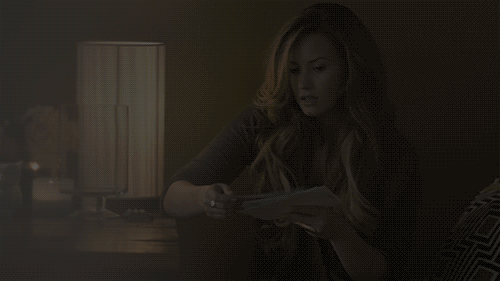


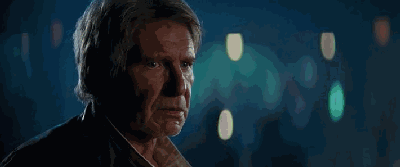
SOURCES:
https://www.studiobinder.com/blog/types-of-editing-transitions-in-film/
https://www.adobe.com/creativecloud/video/discover/types-of-film-transitions.html#:~:text=The%20straight%20cut%20%E2%80%94%20also%20known,to%20another%2C%20with%20no%20effects.
SOURCES:
https://www.studiobinder.com/blog/types-of-editing-transitions-in-film/
Cross-cutting/Parallel Editing:
Cross cuts go back and forth between two shots happening at the same time.
This is used to establish action occurring at the same time but in different locations..

Quick Cuts:
Quick cuts are when a series of fast paced, straight cuts are put together.
This is used in action films to make the scenes more intense and thrilling and adds to the overall energy of the scenes.
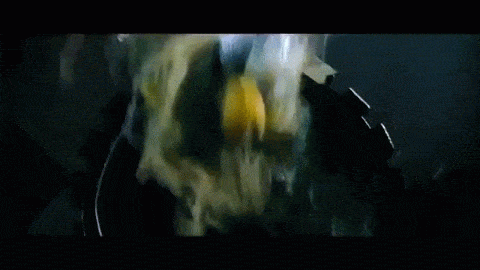
Long takes:
These are one take shots that continue for a particularly long time before a transition or cut is used.
These are used to draw the viewers into the scene, keeping the viewer engaged and follow along with the action.
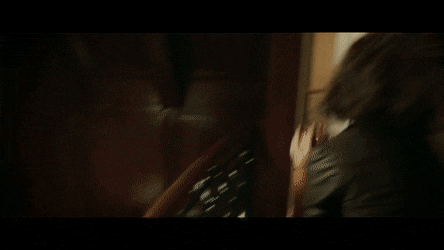
Elliptical editing:
This is when a set of long clips are shortened.
This is used to compress the amount of time the visual text plays out. It may also be used to adjust the pace of the film to create the desired emotional effect.
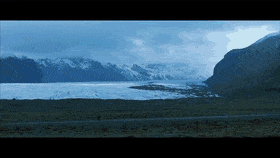
SOURCES:
https://beverlyboy.com/filmmaking/what-is-elliptical-editing-in-film/
SOURCES:
https://www.studiobinder.com/blog/types-of-editing-transitions-in-film/
https://www.adobe.com/creativecloud/video/discover/j-cut-and-I-cut.html
Cutaway:
A shot or series of shots that cut to the location in order to establish the scenes surrounding/setting.
It inserts a shot of another object or action into an ongoing action sequence.
Cut-ins:
This is when you transition from a wide shot to a close up/move into a closer element in the shot to show a person or object in greater detail.
L-Cut & J-Cut:
L-Cut is when the sound of the shot or scene transitions over to the next shot even though it no longer matches the video.
-These are more commonly used in dialogue scenes, as it allows editors to create a more natural flow between the characters and the opportunity for reaction shots.
J-Cut is when the sound of the shot or scene plays before the next shot does.
- These can be used to add suspense and generate a sense of urgency
These cuts can help keep your audience engaged in the midst of a scene change.
J cuts and L cuts are generally used as transitions between footage within scenes instead of traditional transition effects, like a fade or cross dissolve, because they help the viewer keep visual continuity.

SOURCES:
https://www.studiobinder.com/blog/types-of-editing-transitions-in-film/

Eyeline match:
This is when the camera cuts to the action / object/person that the subject was looking at in the previous shot.
It allows the audience to believe they're looking at something through the eyes of the character
SOURCES:
https://www.masterclass.com/articles/film-101-what-are-eyelines-how-to-use-eyeline-match-to-tell-a-story-and-drive-a-narrative
SOURCES:
https://www.studiobinder.com/blog/what-is-a-match-on-action-cut/#:~:text=A%20match%20on%20action%20cut%20(also%20referred%20to%20as%20cutting,important%20part%20of%20continuity%20editing.
Match on action:
Match on action is the cutting of various different shots to emphasise an action.
They are used to show a seamless flow in editing and continuation in action.
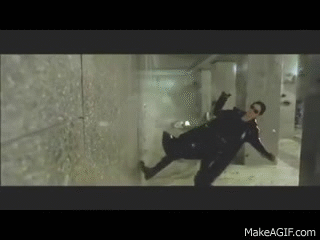
Shot/reverse shot:
This is when the camera alternates between the subjects conversing (using the 180 degrees rule).
It creates the impression of an unbroken conversation and allows the film to tell a consistent story using multiple stories. It also gives the audience different perspectives on the same scene.

SOURCES:
https://www.studiobinder.com/blog/what-is-a-reverse-angle-shot-definition/
https://www.adobe.com/creativecloud/video/discover/reverse-shot.html#:~:text=A%20staple%20of%20filmmaking%20that's,using%20more%20than%20one%20shot.
SOURCES:
https://www.filmeditingpro.com/why-reaction-shots-do-more-than-convey-emotion/
https://www.studiobinder.com/blog/what-is-a-reaction-shot-definition/
Reaction shot:
This shot shows a subject's non-verbal reaction to the action/person/thing in the previous shot.
The purpose of this is to intensify the drama, contribute to the viewers emotional response or allow the viewer to digest what happened, and gives the editor flexibility
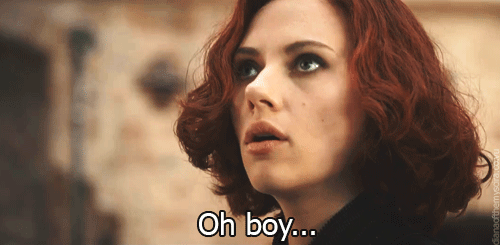
SOURCES:
https://beverlyboy.com/filmmaking/what-is-the-30-degree-rule-in-film/

180 degree rule:
This rule says that the characters should stay in the same left/right relationship/positions.
This rule helps maintain continuity and avoids confusion amongst the viewers.
30 degree rule:
This rule says that the camera should move at least 25-30 degrees with each shot, when the camera is being moved between different shots.(Within the 180 degrees)
This is also used for continuity purposes.

SOURCES:
https://www.adobe.com/uk/creativecloud/video/discover/what-is-the-180-degree-rule.html

Establishing shot:
This is at the beginning of the scene and shows where the action/forthcoming scenes will take place.
It can establish the atmosphere/ mood and its purpose is to show the setting.
SOURCES:
https://www.movavi.io/basic-editing-cuts/#cut2
https://www.backstage.com/magazine/article/jump-cut-editing-explained-75483/#:~:text=Jump%20cuts%20are%20used%20in,depicting%20the%20passage%20of%20time.
Jump cut:
A jump cut is a cut between two shots of the same objects in the same setting – and often shot from the same camera angle.
Jump cuts are used in editing to purposefully break the rules of continuity to emphasize a point, persuade an emotional reaction from the audience, or avoid monotony, especially when depicting the passage of time.(can jump ahead).
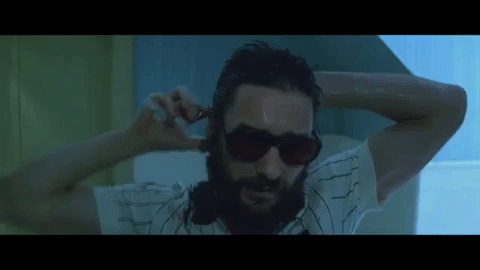
Graphic match:
Match cuts:
This uses elements from one scene to transition to the next scene.
The purpose is to create a visual match for different scenes that aren't innately linked.(such as the scenes being set in different locations/settings.
Graphic match cuts connect two different scenes with similar styles(colour, pattern, shape etc.)
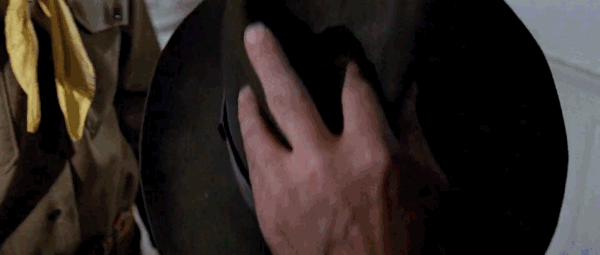
SOURCES:
Freeze frame:
A freeze frame is when a film freezes on a single, still frame.
It is commonly used for the very last shot of a movie.(or even the beginning)
It can be used to emphasise a point/moment or movement in the narrative.
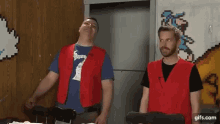
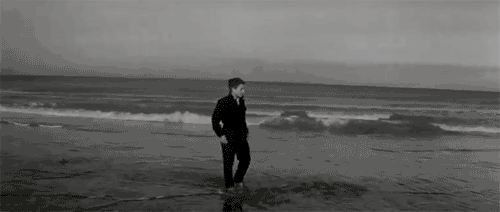
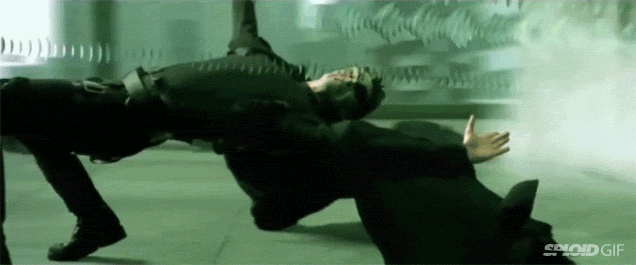
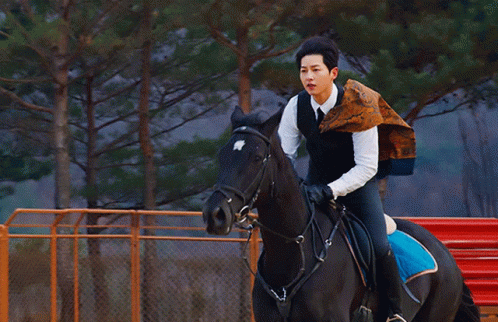
Split screen:
This is when two shots are combined to make one.
It can be used to provide viewers with 2 different perspectives of the same scene at the same time or to allow one actor to play two roles by appearing on the screen simultaneously.
Slow motion:
Slow-motion is an effect in film-making whereby time appears to be slowed down.
Using this effect builds suspense, can add deeper emotional intensity to a scene.
It is often used for action sequences, death scenes and more.


Flashback/flash forward:
Flashback:
This is when the present storyline is paused, and past events are shown (through the use of a white wash).
- The purpose of flashback is to either move the story forward or reveal information about the character. Its primary purpose is to bridge time, place and action to reveal a past emotional event or physical conflict that affects the character/ show a characters backstory.
SOURCES:
https://www.studiobinder.com/blog/how-to-use-slow-motion-in-film-to-create-iconic-moments/
Flashforward:
This is a short scene which takes the audience ahead of time in the narrative.
- It is used to guide the narrative and provide the audience with insight into the story.
They are also often used to reveal something about a character, the setting or the plot.
It is most commonly used to create anticipation amongst the audience.
PURPOSES
Which editing techniques would be use for which purpose:
Techniques used to manipulate the sense of time:
Elliptical editing-it compresses the time a scene plays out
Flashbacks-it pauses the current storyline and shows past events
Flash forwards-would be used to look into the future

Controlling the perception of space to create a logical and believable space between characters/objects not sharing the same shot/angle:
Split screen- this gives viewers different perspectives of the same scene
Techniques used to control the rhythm and pace (to control the flow of the production):
Match on action-helps ensure there is seamless flow in action
Jump cut-shows the passing of time e.g. actor waiting in one location(same angle same shot)
Timelapse- shows progression and passing of time
Techniques used to create a sense of drama through withholding information:
Enigma codes- these leave the audience with a sense of mystery as only some of the narrative is revealed
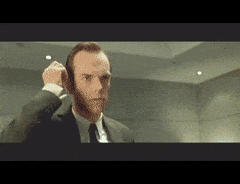
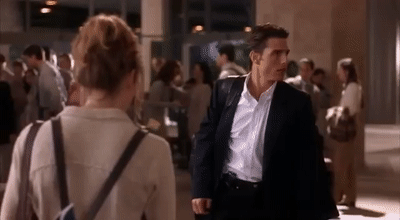
Techniques which engage the viewer through suspense:
Parallel editing- for example the audience can see someone with a weapon on one side of the hallway, with someone walking towards them
Long takes- can create a more realistic feeling and keeps viewers engaged.
Slow motion-for example if a character is running away, then suddenly stop to see something in front of them, then the scene cuts
Techniques which create a narrative through motivation(motivated editing):
Parallel editing-creates a cohesive video narrative by connecting storylines
Reverse shot- this helps with consistency and to show different perspectives
Techniques which embrace continuity between different shots/angles:
180 degree rule & 30 degree rule- the purpose of both of these rules are to ensure continuity and prevents audience disorientation.
Match on action- used for continuation of action
Shot/reverse shot- helps creates the impression of an unbroken conversation and allows the film to tell a consistent story
Cross cutting- shows two actions happening at the same time in different locations
Techniques which form meaning by juxtaposing elements & create a sense of personal connection & empathy with a character:
Graphic match/match cuts- connects two different scenes
Montage- this is a technique which utilises juxtaposing different shots to allow more information to be communicated to the viewers.
Split screen- shows two different perspectives & juxtaposes separate actions in the same frame

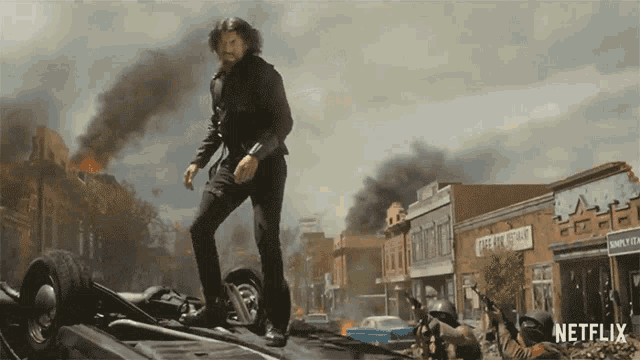

CORE ASSESSMENT
Film Trailer:
The Matrix
TV Show Promo: The Flight Attendant
Music Video:
Find You
LEARNING AIM B
CONTINUITY EXPERIMENT
CONTINUITY SEQUENCE PLANNING DOCUMENTS
Storyboard
![20221202_144324[1]_edited_edited_edited.](https://static.wixstatic.com/media/912c03_c6871af7f80c42dba3db661bf9569ff2~mv2.jpg/v1/crop/x_0,y_63,w_3000,h_2166/fill/w_622,h_449,al_c,q_80,usm_0.66_1.00_0.01,enc_avif,quality_auto/20221202_144324%5B1%5D_edited_edited_edited_.jpg)
![20221202_150649[1]_edited_edited_edited.](https://static.wixstatic.com/media/912c03_d99e6e9aedd74efc8aa370b518f6c389~mv2.jpg/v1/fill/w_610,h_386,al_c,q_80,usm_0.66_1.00_0.01,enc_avif,quality_auto/20221202_150649%5B1%5D_edited_edited_edited_.jpg)
![20221202_150813[1]_edited.jpg](https://static.wixstatic.com/media/912c03_900844055cff42f5adbae5d31e96e69e~mv2.jpg/v1/fill/w_600,h_386,al_c,q_80,usm_0.66_1.00_0.01,enc_avif,quality_auto/20221202_150813%5B1%5D_edited.jpg)
![20221202_150833[1]_edited.jpg](https://static.wixstatic.com/media/912c03_04709a9386f94d4aa3c333b35e68d0fd~mv2.jpg/v1/fill/w_600,h_400,al_c,q_80,usm_0.66_1.00_0.01,enc_avif,quality_auto/20221202_150833%5B1%5D_edited.jpg)
CONTINUITY SEQUENCE VIDEO
NON-CONTINUITY
EXPERIMENT
NON-CONTINUITY
SEQUENCE PLANNING DOCUMENTS
Storyboard
NON-CONTINUITY
SEQUENCE VIDEO
DEVELOPMENT PORTFOLIO
LEARNING AIM C
HORROR TRAILER PLANNING DOCUMENTS
SHOT LIST
STORYBOARD
VIDEO LOG SHEET
HORROR TRAILER
EVALUATION